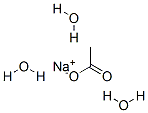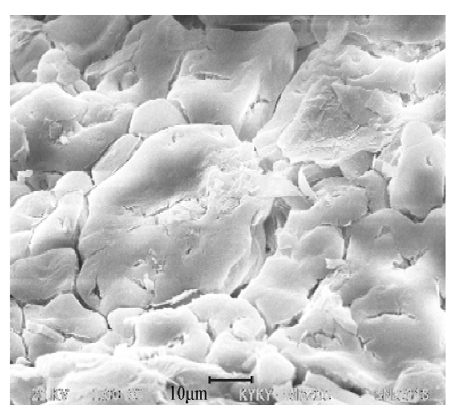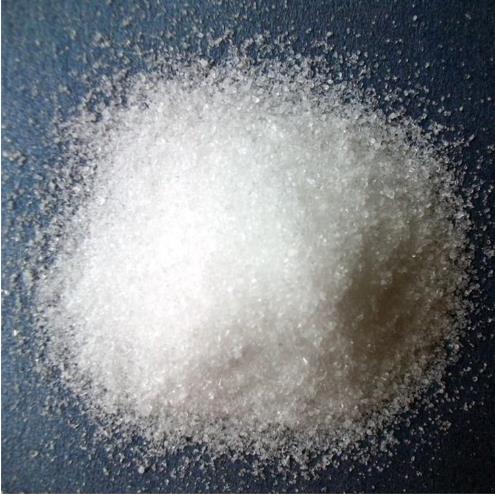Sodium Acetate Trihydrate: An Essential Compound in Chemistry
Introduction
Sodium acetate trihydrate (NaC2H3O2·3H2O) is a widely used chemical compound in various industrial and laboratory applications. This article aims to provide a brief introduction for its applications in material and properties of its supercooled solution.
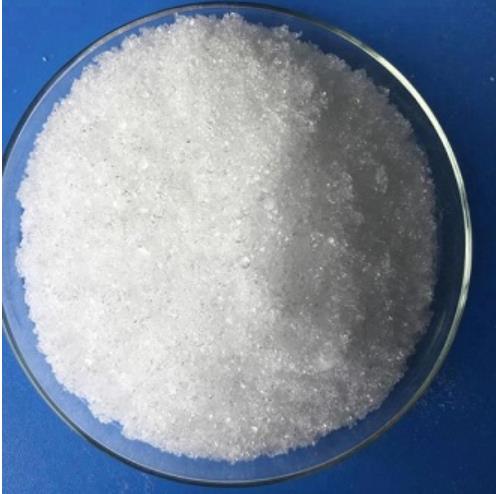
Figure 1 Characteristics of Sodium acetate trihydrate
Supercooled Solution1
In a research paper by Katsuyuki Sakurai and Kenji Sano, the structure of aggregated particles in supercooled Sodium Acetate Trihydrate(SAT) solution was investigated by XRD measurements performed using samples of supercooled liquid on a premise of non-anisotropy of solution crystals.
By comparing the XRD chart with that of powder SA, and thinking together the fact of that the heat release of the SAT solution is after deposition of SAT crystal, authors conclude that the aggregated particles in supercooled SAT solution are SA crystals, not SAT. In the XRD chart, although there was a peak of absence among five main peak of SA, authors confirmed the similar extinction of peak in the chart of XRD of the same condition.
The largest difference in SA and SAT crystal structures is the presence or absence of crystallization water, in other words, the presence or absence of hydrogen bonding in the crystal. Latent heat in the SAT solution is the energy released by generation of hydrogen bonds. Authors estimated this energy to be 20 kcal/mol by the number of hydrogen bonds in SAT crystal. DSC measurements of 60 wt% SAT solution showed 16.6 kcal/mol as the heat of fusion. This value is 83% of the value as calculated from the number of hydrogen bonds, suggesting a surface area effect for Sodium Acetate Trihydrate(SAT) crystals.
Heat Storage Material2
Future energy systems with a large share of fluctuating renewable energies demand thermal energy storages that are flexible and reliable. Sodium acetate trihydrate (SAT) has been investigated for many years as heat storage materials but the focus of the investigations were mostly on short-term applications. SAT has a high energy storage density and a large supercooling degree which make it an ideal flexible heat storage material. Heat storages utilizing stable supercooling of SAT can store heat almost heat loss free in both short-term and long-term, which offers great benefits for the energy system.
A review of SAT heat storages is presented by Simon Furbo and colleagues. The investigations show that flexible heat storages using SAT have clear advantages over a traditional water based heat storage in both short-term and long-term heat storage. Significant decrease of the storage size (at least 60%) is considered a merit for applications in single family houses where there is a spatial constrain. Moreover, the SAT heat storages offers flexibility in system operation, which is considered beneficial for renewable energy such as solar heating systems. The main challenges for the heat storages, for instance, low heat exchange capacity rate, phase separation and spontaneous crystallization, are addressed. Remedies to overcome the challenges are discussed. This paper will also investigate stability of supercooling and reliability of triggering methods for controllable release of the latent heat stored in supercooled sodium acetate trihydrate. Recommendations for further investigations are proposed.
References:
[1] KATSUYUKI SAKURAI K S. Structure and stability factor of aggregated particles in supercooled solution of sodium acetate trihydrate[J]. Journal of Crystal Growth, 2019, 525. DOI:10.1016/j.jcrysgro.2019.125203.[2] GANG WANG . Review on sodium acetate trihydrate in flexible thermal energy storages: Properties, challenges and applications[J]. Journal of energy storage, 2021, 40. DOI:10.1016/j.est.2021.102780.
You may like
Related articles And Qustion
See also
Lastest Price from Sodium acetate trihydrate manufacturers

US $1200.00-1100.00/ton2025-08-11
- CAS:
- 6131-90-4
- Min. Order:
- 1ton
- Purity:
- 99%
- Supply Ability:
- 1000T/M
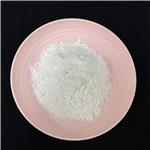
US $1.00/KG2025-04-21
- CAS:
- 6131-90-4
- Min. Order:
- 1KG
- Purity:
- 99%
- Supply Ability:
- 10 mt
